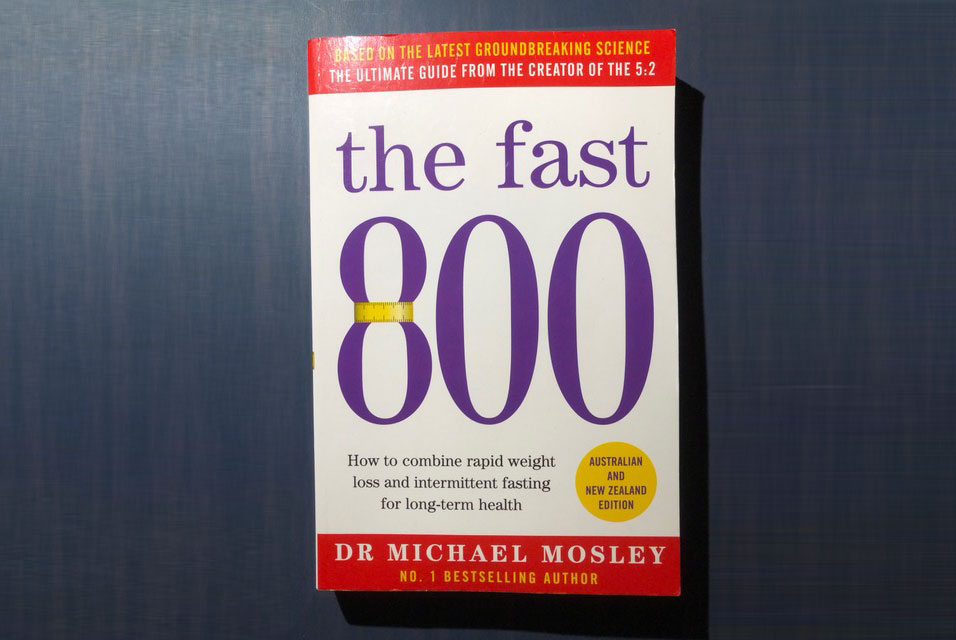Obesity and hip replacement
A new study published demonstrates hip replacement surgery fixes pain and improves walking both in obese and non obese patients, but the obese group are more likely to need walking aids at ten years.
Obesity is defined as a BMI (body mass index) of greater than 30, and whilst normal weight is a BMI of under 25, being normal weight is less common than it was! Surprisingly many people don’t know what weight they should be, nor have they been that weight for a long time. The force through the joints is often 9x body weight, so being lighter is clearly one of the non operative treatments for early arthritis, reducing the work for both the joints and the muscles. Weight loss makes any subsequent surgery easier both for the patient and the surgeon team ! For those seeking to loose weight – we advocate the Michael Mosley fasting approach – having two days a week of calorie counting and keeping those days below 800 calories seems to “re-educate” the body in how to burn fat, how to regulate blood glucose levels. We find that patients feel better in themselves, their blood pressure, cholesterol and pre-diabetic status are corrected too! His book is currently in bookshops.

Back to the study. Published in the Journal of Arthroplasty. Patients were divided into two groups – those with a BMI >30 (obese), and those with a BMI <30 (overweight, normal, or underweight). The measured outcome was walking distance, walking aids, and satisfaction at three months, one year, five years and ten years. The obese group were worse on all counts at ten years. They were better than before surgery, but could have been better again.
Maybe it would be wise for patients, when possible, to fix their weight as soon as possible, preferably before the hip replacement! We’ve found a good proportion of patients are 10kg lighter after three months of calorie counting and intermittent fasting.
Mr David Mitchell
Orthopaedic Surgeon
Reference:
Haebich S, et al, “The influence of obesity on hip pain, function, and satisfaction ten years following total hip arthroplasty”
J. Arthroplasty, 2019. View Link

